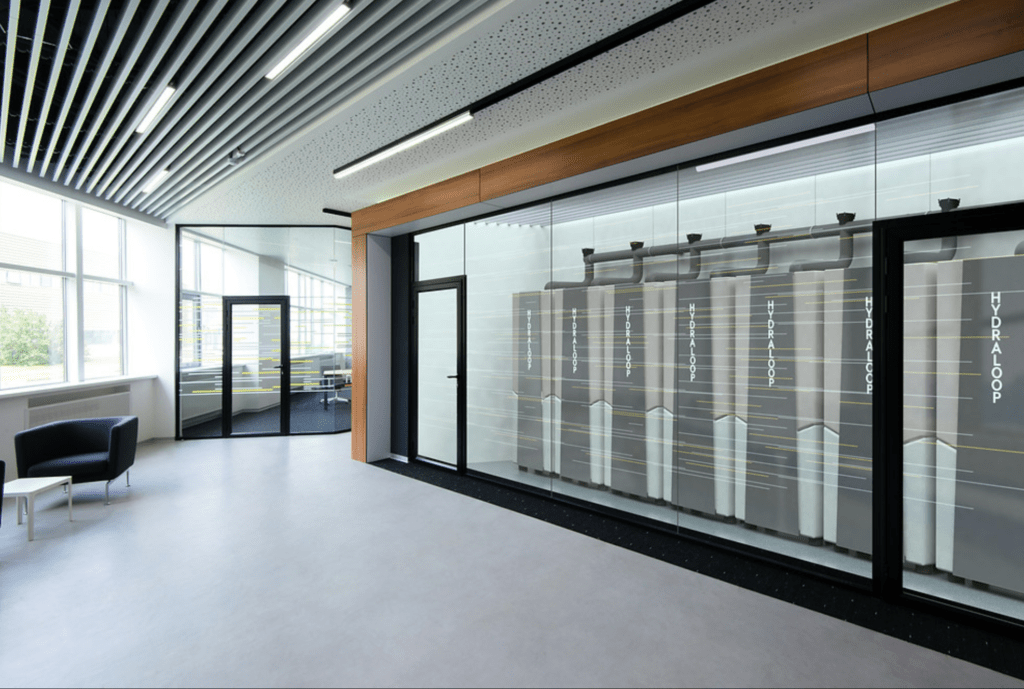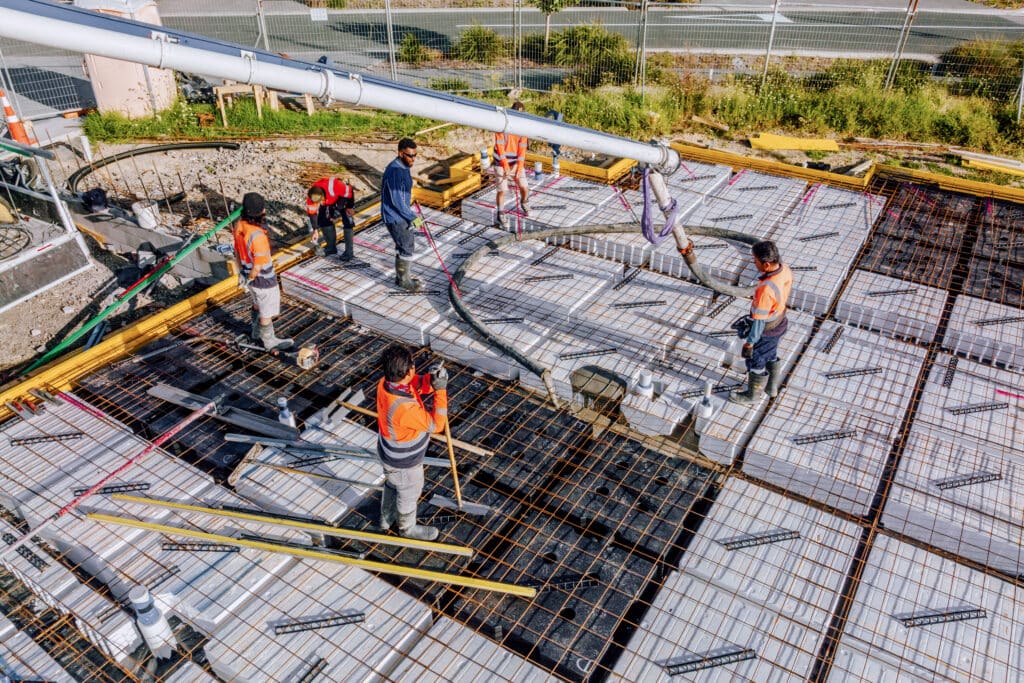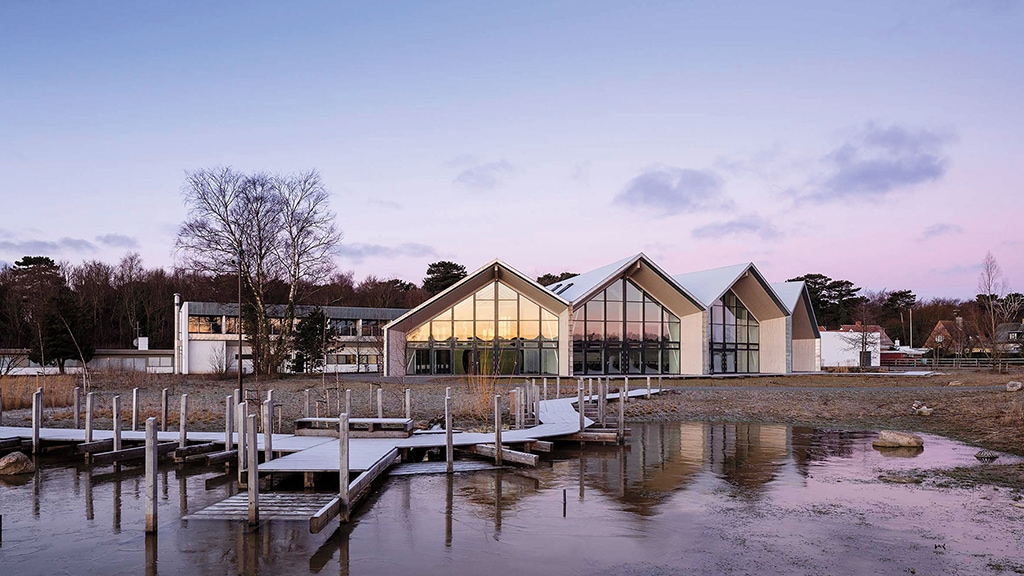Water neutrality is a concept that aims to balance water consumption and availability, particularly in regions that experience water stress. A water neutral building reduces water usage to a level that is offset by water conservation measures, such as rainwater harvesting, greywater recycling, and water-efficient fixtures. Traditional buildings account for a considerable amount of water consumption, with as much as 40% of worldwide water usage being attributed to them (Brears, 2023).
Water neutrality is becoming increasingly important in New Zealand due to the country’s water scarcity issues, particularly in some parts of the country where water resources are under pressure. Several organizations in New Zealand are advocating for water neutrality in innovative building design, with the goal of reducing water use and promoting sustainability.
Water neutral buildings are an innovative approach to sustainable design and construction that seeks to achieve a zero-water footprint. These buildings use a combination of innovative technology and are designed to consume and reuse water in a way that balances their overall water usage. They often incorporate water recycling and rainwater harvesting systems, and low-flow fixtures to reduce their reliance on freshwater sources. Water-neutral buildings offer numerous benefits, including reduced water bills, lower environmental impact, and decreased strain on water resources.
Buildings of this nature represent a crucial step towards a more sustainable future and demonstrate the potential for buildings to operate in harmony with the natural environment.

Hydraloop is a cutting-edge, smart water recycling system that has been used globally to help homeowners and businesses create water-neutral buildings, and this revolutionary system has recently become available in New Zealand. The system is designed to collect and purify water from various sources such as showers, baths, washing machines, and sinks. The unique treatment process removes dirt, soap, bacteria, and other impurities from the water without the use of filters, membranes, or chemicals. The purified water can then be reused for various purposes such as flushing toilets, irrigating gardens, and washing clothes.


Another product in the New Zealand market that is contributing to water-neutral buildings is Aquacomb. The innovative water storage system collects and retains rainwater and stormwater in a series of hidden, interconnected pods. More than just an inground water tank, it’s a clever way to capture and store water without messy and expensive excavations or ugly above-ground tanks that take up valuable space. Aquacomb storage pods can be installed within concrete slabs or under decks, patios, pathways, driveways, or lawns to provide a totally invisible water storage solution. Each pod is the same size as a polystyrene void former, meaning they can be easily integrated into the existing design of a concrete slab with no structural engineering changes required. Alternatively, the flexible, modular pods can be stacked under soffits, behind retaining walls, or even under stairs.
If we want to make a significant impact on water conservation and sustainability, we need to take action now by implementing stormwater systems in our buildings. Stormwater systems offer an innovative solution to capture, store, and reuse water, reducing the burden on freshwater resources and contributing to water-neutral buildings. Let’s all make a conscious effort to prioritize water efficiency and sustainability in our building designs and operations by adopting stormwater systems as a crucial part of our strategy. Together, we can create a more water-secure future for our planet.
Talk to our team today to see how we can help make your next project water neutral.
Works Cited
Brears, R. C. (2023). Water Neutral Buildings: Achieving Zero Water Footprint through Innovative Design and Technology. Mark and Focus. Retrieved from https://medium.com/mark-and-focus/water-neutral-buildings-achieving-zero-water-footprint-through-innovative-design-and-technology-e7b438fa415c







